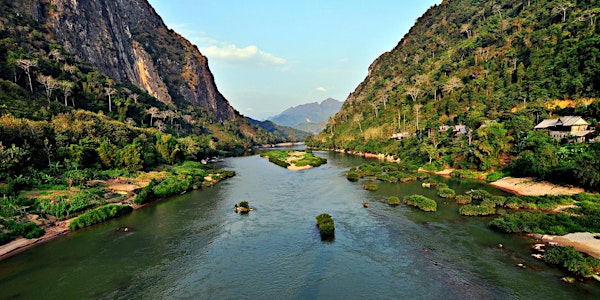
Introduction to AWS Water Stewardship and the WWF Water Risk Filter tool
Date and time
Location
Courtyard by Marriott Bangkok
ถนน ราชดำริ Bangkok, กรุงเทพมหานคร 10330 ThailandDescription
This event introduces participants to the AWS Water Stewardship system and the WWF Water Risk Filter tool.
The AWS Water Stewardship System is a global framework for defining, verifying and promoting good water stewardship. It is intended for adoption by major water using sites; be they agribusiness, industrial, commercial or public sector. It is being recognised globally as the mark of responsible water use.
The AWS International Water Stewardship Standard defines water stewardship as ‘the use of water that is socially equitable, environmentally sustainable and economically beneficial achieved through a stakeholder inclusive process that involves site and catchment-based actions’.
It is a system that promotes collaboration between major water users and between major water users and other stakeholders to identify shared catchment challenges and address those challenges.
Four outcomes water stewardship is seeking to achieve at a site and catchment level are; (1) sustainable water balance, (2) good water quality, (3) good water governance and, (4) healthy water related ecosystems and cultural sites.
The Water Risk Filter is a practical online tool that helps users assess and map water risks. It uses the best global water and commodity data available as well as specific information provided by the user to analyse all relevant indictors of water risk, not just the obvious scarcity issues.
In addition to water risk assessment capabilities covering all industries and more than 120 agricultural commodities, the 2015 update adds new mapping and analytical functionality to provide more guidance and links to mitigation actions. Users can run water risk assessments and combine risk information as well as other facility related parameters in the ‘analysis’ section of the tool.
Organized by
Nichapat is the Corporate Engagement Executive at WWF Thailand.Oliver Maennicke is a Water Stewardship Specialist at WWF Australia. Michael Spencer is the Chairman of the Alliance for Water Stewardship and the Secretary of Water Stewardship Australia.Noam Obermeister is a Junior Researcher in the Greater Mekong for the Alliance for Water Stewardship.